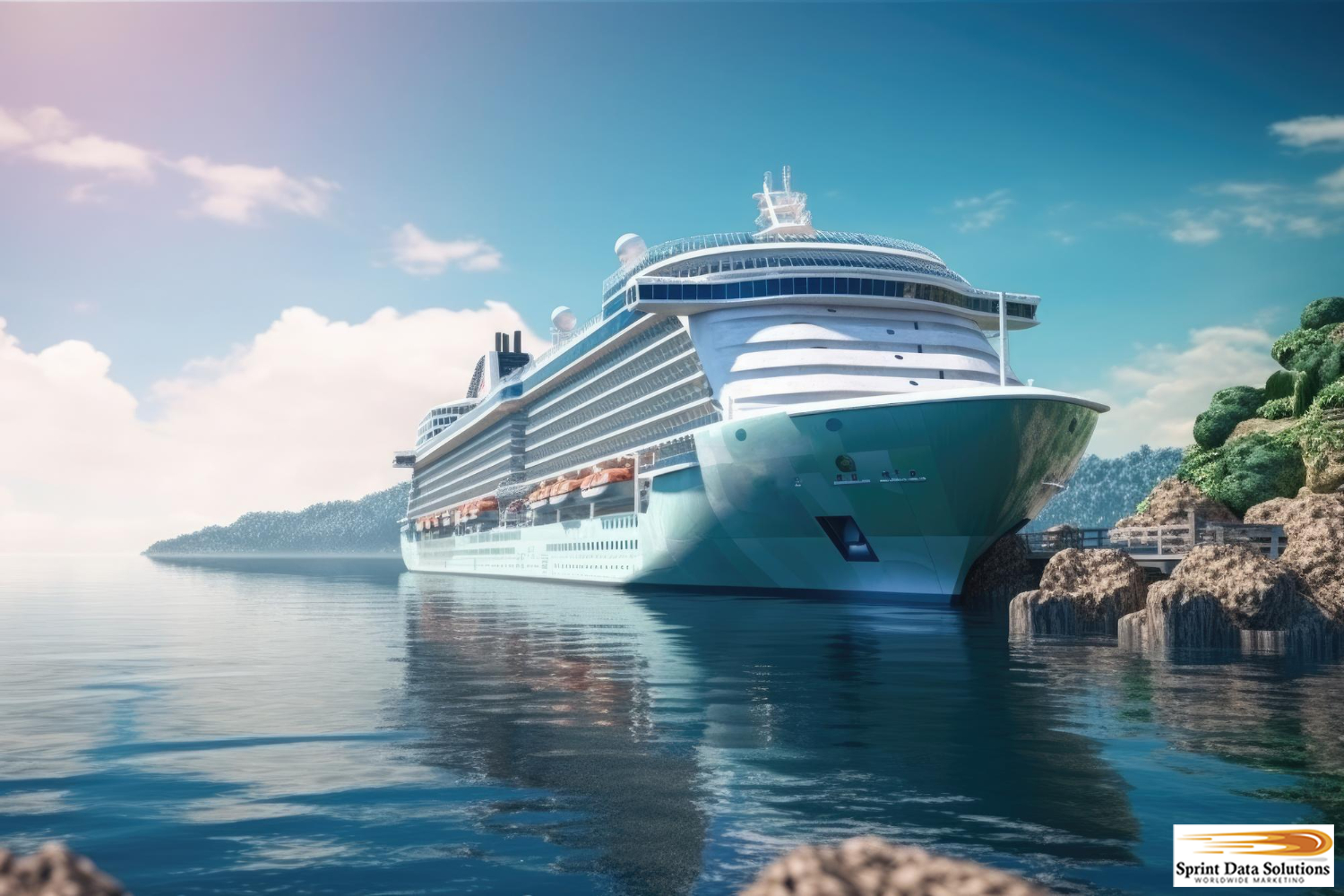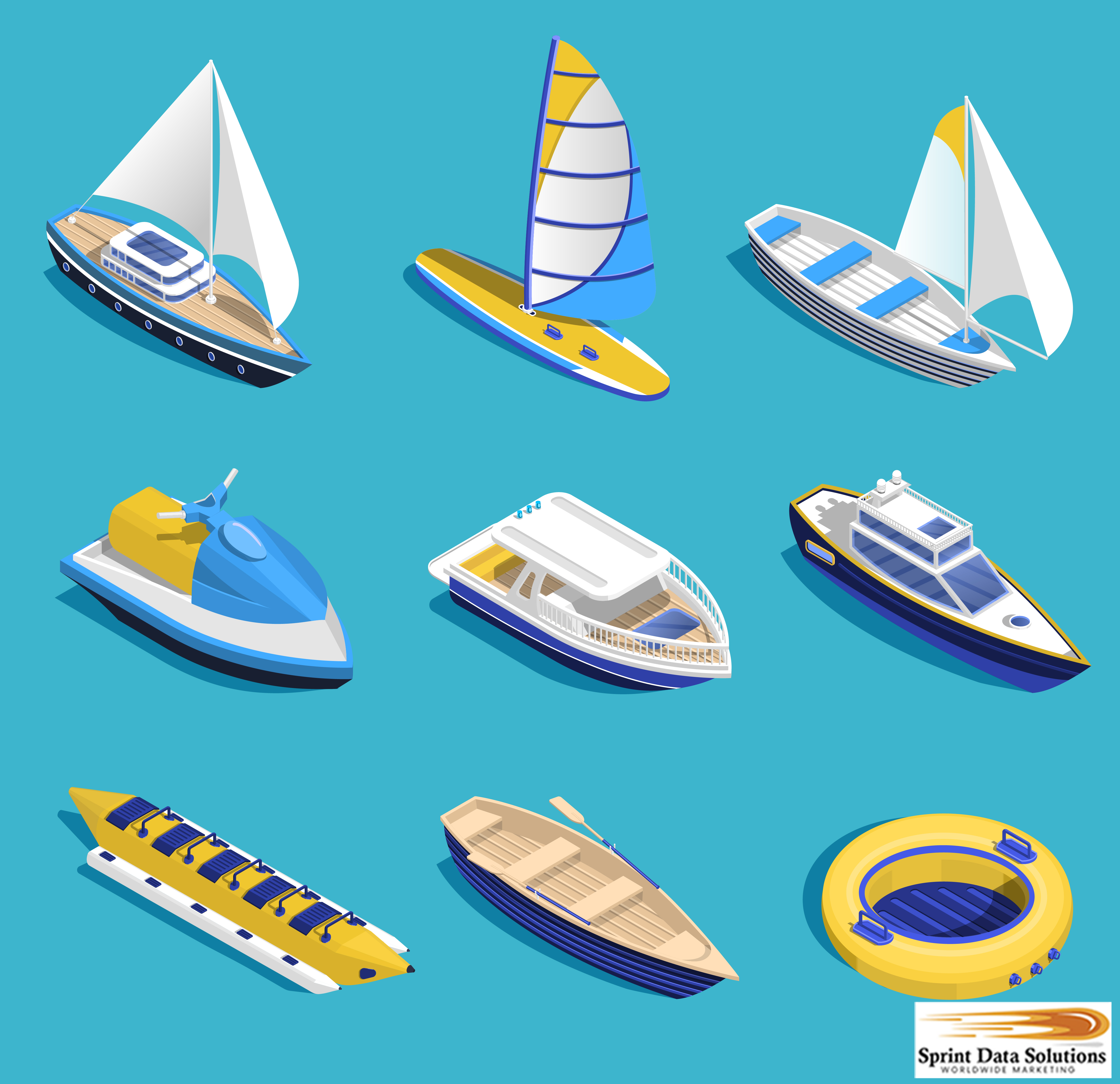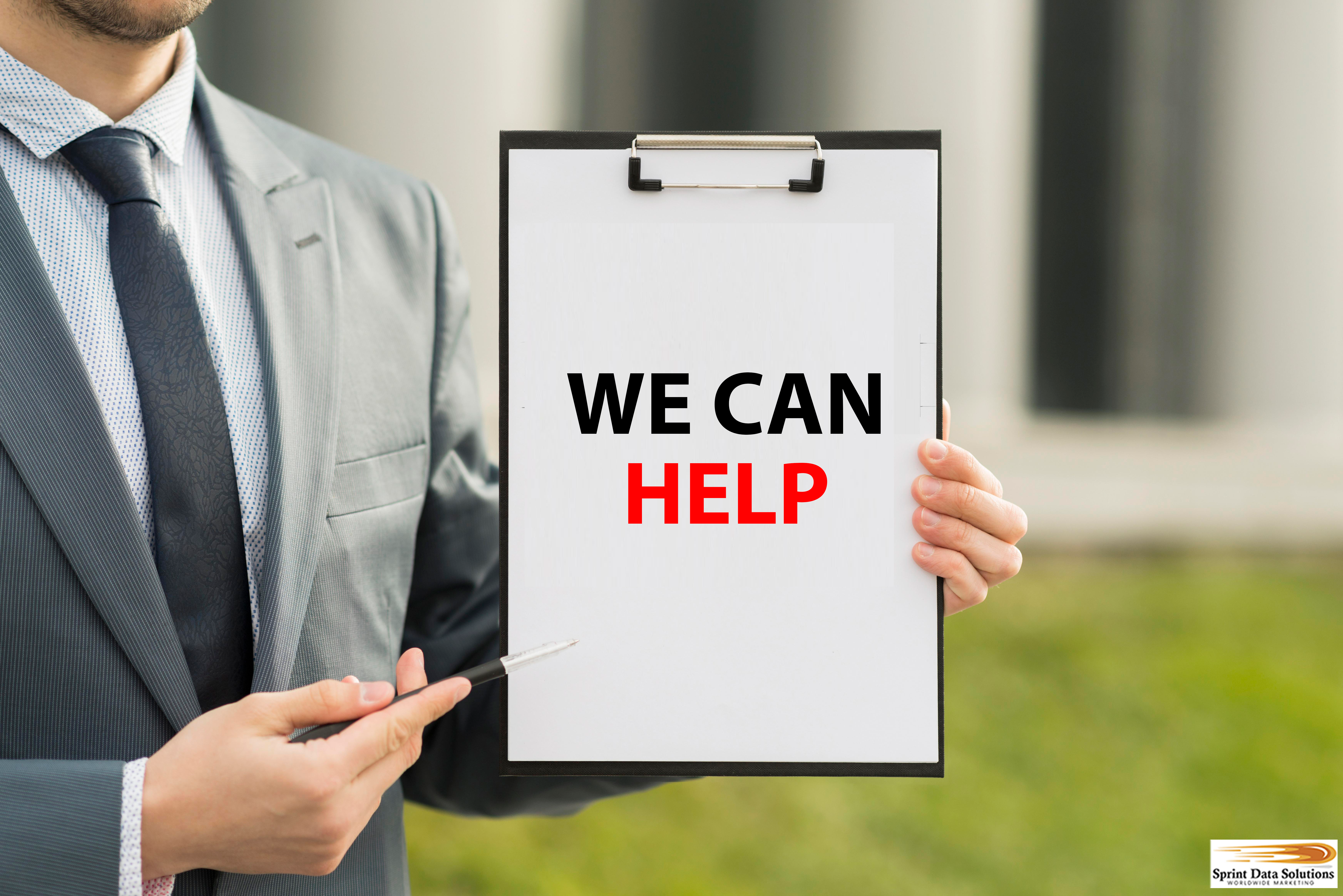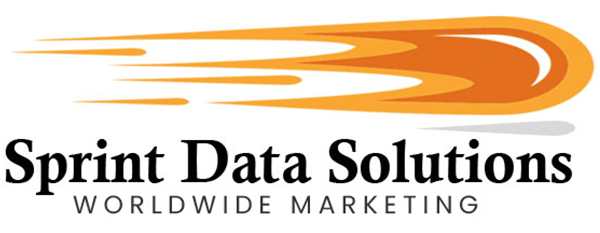Boat Owners Are An Excellent Target Market
Boat owners represent a dynamic and passionate demographic, known for their independent spirit and deep appreciation of the outdoors. For many, boating is more than a pastime—it’s a lifestyle that blends adventure, relaxation, and meaningful social connection. These individuals often possess a high level of skill, whether in navigation, maintenance, or water sports, and they value experiences that bring them closer to nature. Many are avid anglers, hunters, or general outdoors enthusiasts, while others enjoy hosting social gatherings aboard their vessels, turning a day on the water into a memorable event with friends and family. There’s also a notable segment of boat owners who seek out long-distance voyages, whether navigating coastal regions, exploring inland rivers, or even crossing international waters, reflecting a taste for challenge and exploration.
From a marketing standpoint, boat owners are a lucrative audience. They typically have strong purchasing power, a penchant for quality, and a lifestyle centered around mobility and engagement. However, traditional marketing methods may fall short in reaching them, as these individuals often spend significant time away from conventional digital touchpoints while immersed in their boating lifestyle. That’s where a specialized, data-driven approach makes the difference. Our curated boat owners list is designed to help you reach this high-value audience with precision. It includes comprehensive demographic and behavioral data, enabling businesses to craft tailored messages that resonate. Whether promoting marine gear, outdoor lifestyle products, travel experiences, or premium services, marketers can expect strong engagement and a high return on investment when targeting this active and aspirational segment.

Boats Are Growing In Popularity Every Year
The U.S. recreational boat market was valued at $16.26 billion in 2021 and is projected to grow significantly, reaching an estimated $26.18 billion by 2027, reflecting a compound annual growth rate (CAGR) of 8.26%. This upward trajectory is fueled by several key factors, including rapid advancements in marine technology—such as eco-friendly propulsion systems, integrated smart navigation tools, and enhanced onboard connectivity—that are making boating more accessible and appealing to a broader audience. Additionally, the surging interest in outdoor and water-based recreational activities, particularly post-pandemic, has driven higher demand for personal and family leisure vessels. The U.S. tourism industry’s revival has further accelerated the market, as boats are increasingly utilized for sightseeing, water-based tours, and luxury excursions. Beyond leisure, small businesses are also adopting boats for commercial ventures such as floating restaurants, private charters, corporate entertainment, and eco-tourism, adding new dimensions to the market’s growth and diversification.
Boat Owner Demographics
Over 100 million Americans participate in recreational boating activities each year, representing nearly one-third of the total U.S. population. This widespread engagement reflects the country’s deep-rooted maritime culture and the growing accessibility of boating. Approximately 12% of U.S. households own a boat, with vessels ranging from small fishing boats to luxury yachts. The average age of a boat owner is 54, although millennial ownership is on the rise, now accounting for 31% of all boat owners—a significant increase driven by changing lifestyle preferences and greater access to financing and digital platforms. Despite common perceptions, the majority of boat owners are not ultra-wealthy; in fact, 61% report household incomes below $100,000 annually, indicating that boating is increasingly popular among middle-income Americans. The annual cost of owning a boat in the U.S. typically falls between $5,000 and $8,000, factoring in maintenance, storage, insurance, and fuel. A major contributor to the recent growth of the recreational boating industry is the emergence of online boat sales platforms, which simplify the buying process and provide prospective owners with greater convenience, transparency, and inventory variety than ever before. These digital marketplaces, along with increased interest in outdoor and water-based leisure activities, are accelerating the expansion and diversification of the boating community across the country.
Boat Owners Are The Ideal Market For Many Industries
Boat owners represent a highly valuable and responsive target audience for a wide range of industries. These individuals often have above-average disposable incomes, a passion for leisure and luxury, and a strong interest in lifestyle-enhancing products and services. If your business operates in sectors such as marine equipment, insurance, travel and tourism, luxury goods, real estate, automotive, outdoor recreation, or home improvement, then our comprehensive boat owners mailing list can be a powerful tool for your marketing strategy. It provides direct access to a qualified and engaged customer base that is more likely to respond to offers that align with their interests, needs, and lifestyle. Whether you’re promoting high-end products, exclusive services, or niche experiences, our curated boat owners list is tailored to help you connect with the right audience and achieve your outreach goals effectively.
Boat Insurance
In the United States, most states mandate that boat owners carry a minimum level of liability insurance to legally operate a watercraft. This typically includes coverage for both bodily injury (BI) and property damage (PD), ensuring that any harm caused to others or their property is financially protected. However, many boat owners choose to go beyond the minimum and purchase comprehensive and collision coverage—often referred to as full coverage—to protect their investment against risks such as theft, fire, vandalism, weather-related damage, and accidents involving other boats or stationary objects. In addition to these core policies, a variety of optional add-on coverages are available. These include medical payments (med-pay) or personal injury protection (PIP), which cover medical expenses for the policyholder and passengers regardless of fault. Other popular enhancements include coverage for personal effects (such as fishing gear or water sports equipment) and roadside assistance for trailers and towing needs. These supplemental protections are particularly valuable for outdoor enthusiasts and anglers who frequently transport their boats and carry valuable equipment. Altogether, these insurance options offer peace of mind and comprehensive risk management for recreational and professional boaters alike.
Travel And Tourism
Boat owners are passionate travelers, often seeking out experiences that immerse them in nature and scenic environments. These enthusiasts navigate both freshwater routes—such as lakes and rivers—and coastal waterways, making them a versatile audience for travel-related businesses. Enterprises located near popular bodies of water, whether inland or oceanfront, can greatly benefit from targeted outreach using our comprehensive boat owners list. Accommodations are a crucial component of any boat owner’s journey, especially those offering easy docking or launching access. Hotels, motels, bed-and-breakfasts, and vacation rentals situated near marinas or boat ramps are particularly appealing. In addition to water-based recreation, many boat owners also pursue complementary outdoor activities like camping, fishing, and hunting. This makes them an ideal audience for wilderness outfitters, guided tour companies, and outdoor adventure services. By connecting with this travel-savvy, nature-loving demographic, businesses can tap into a lucrative market of consumers eager for exploration and convenience.
Docks
Owners of large recreational boats—such as yachts, houseboats, and pontoons—typically do not transport their vessels via trailers due to the sheer size and logistical complexity involved. Instead, these boats are primarily housed on docks, either at private waterfront properties or within commercial marinas on popular waterways. Many affluent boat owners invest in private dock systems for convenience and accessibility, especially if their residence includes direct water access. Conversely, others lease dock space in bustling marina hubs where they also benefit from additional services such as boat lifts, fueling stations, and maintenance amenities. These dock-based storage methods ensure both the security and preservation of the vessels, while also offering easy access for leisure use. For businesses involved in dock manufacturing, rental, or marine lift services, having access to a targeted, verified list of large boat owners is invaluable. Our comprehensive boat owners list provides direct marketing access to this premium audience, making it an essential asset for any company seeking to expand in the marine infrastructure market.
Boat Storage
Boat owners who choose to tow their vessels rather than store them at a marina often seek reliable and secure storage solutions. Many turn to self-storage facilities or dedicated outdoor storage lots, which provide ample space and the security needed for peace of mind. Whether storing their boats at a professional facility or on personal property, owners typically require essential storage accessories to maintain their watercraft in good condition. One of the most vital accessories is a high-quality boat cover, which shields the boat from harsh weather conditions, UV damage, dust, bird droppings, and debris. Equally important are boat jacks and lifts, which allow for elevation of the boat off the ground—this not only facilitates easier maintenance but also prevents issues such as corrosion or flat spots on tires. For smaller vessels like kayaks and canoes, storage solutions often include wall mounts, freestanding racks, or ceiling hoists that maximize space efficiency in garages or sheds. These accessories not only enhance organization but also prolong the life of the boats by keeping them safe and secure during the off-season.
Tow-Capable Vehicles
Boat owners often rely on tow-capable vehicles such as heavy-duty trucks, large SUVs, and 4x4s to transport their boats to and from the water, especially if they do not have access to a private dock. These vehicles are essential for handling the substantial weight of both the boat and its trailer, particularly when dealing with larger watercraft like cabin cruisers or pontoon boats. While smaller vessels—such as kayaks, canoes, and lightweight fishing boats—can often be towed by midsize SUVs or larger sedans, most boat owners opt for vehicles that offer higher towing capacities and added utility. Trucks are especially popular because they provide ample cargo space and payload capabilities, making it easier to transport essential gear including life jackets, tackle boxes, coolers, fishing rods, and safety equipment. Additionally, their robust design and enhanced braking systems contribute to safer, more stable towing—an important factor when navigating launch ramps or hauling over long distances.
Boat Trailers, Vehicle Hitches, And Other Vehicle Accessories
Boat owners require more than just vehicles that can handle towing—they also need vehicles equipped with a proper hitch system and a trailer specifically rated and designed for transporting boats. These trailers must match the size and weight of the boat to ensure safe and efficient hauling. Towing heavy marine vessels regularly subjects both the vehicle and the trailer to significant mechanical stress. This added strain can accelerate wear and tear on critical components such as the tires, brakes, transmission, and suspension system. Consequently, boat owners often face increased maintenance needs and more frequent repair schedules to keep their towing setup in optimal condition. This creates valuable opportunities for automotive repair shops, parts suppliers, trailer service providers, and tire retailers. Businesses catering to these services can significantly benefit from direct access to a comprehensive and up-to-date list of boat owners, enabling targeted marketing and customer outreach to a segment that consistently requires specialized support and upkeep.
Boating Safety Gear
Boaters prioritize safety by investing in a wide range of gear designed to safeguard both themselves and their passengers from unexpected situations, such as sudden weather changes or emergencies on the water. Essential safety equipment starts with life jackets and wearable personal flotation devices (PFDs), which are not only vital for survival but are also required by law in many jurisdictions. In addition to wearables, responsible boaters equip their vessels with throwable flotation devices that can be quickly deployed to assist someone who has fallen overboard. To enhance visibility and attract attention during emergencies, visual signaling devices like flares, flags, and strobe lights are commonly carried, along with sound signaling devices such as air horns or whistles to alert nearby boats or rescuers. Fire extinguishers are crucial in case of onboard fires, particularly in boats with fuel-powered engines. First aid kits are another critical component, allowing for immediate response to injuries or medical issues. Furthermore, flashlights and waterproof headlamps help maintain visibility during night-time outings or power failures. Many seasoned boaters also include additional gear like GPS devices, emergency beacons (EPIRBs), and marine radios to improve their preparedness and communication in crisis situations. Investing in comprehensive safety gear is not just a precaution—it’s a commitment to responsible boating and the well-being of everyone on board.
Communication Devices
Boat owners frequently invest in essential communication equipment to ensure safety and maintain contact while on the water. Among the most widely used are very high frequency (VHF) marine radios, which provide a reliable means to communicate with nearby vessels and coast guard services during emergencies. In addition to VHF radios, many boaters equip themselves with satellite communication devices such as satellite phones and personal locator beacons (PLBs). These tools are particularly valuable in remote areas or when navigating offshore, where cellular networks are often unavailable. Satellite-based devices can transmit distress signals and allow voice or text communication from virtually anywhere on the globe, offering an added layer of security. Modern vessels may also include AIS (Automatic Identification System) transponders, which help improve situational awareness by broadcasting a boat’s location to others nearby. These technologies collectively provide multiple layers of communication redundancy, crucial for ensuring safety at sea.
Navigation Tools
Another essential category of products that boat owners consistently seek out is navigation tools. Navigation remains a fundamental aspect of boating, whether for recreational sailing, fishing expeditions, or long-distance cruising. A wide range of navigational methods is available, each suited to different needs and preferences. Traditional techniques such as dead reckoning, pilotage, and celestial navigation remain in use among seasoned mariners who value precision and self-reliance, often employing paper charts, compasses, and sextants. These methods provide a reliable backup in the event of electronic failure. Meanwhile, modern navigation systems have gained significant popularity due to their convenience and accuracy. These include GPS units, inertial navigation systems, digital compasses, radar, and satellite-assisted mapping technologies, which offer real-time data and enhanced route planning capabilities. Some boat owners even integrate multiple navigation systems to ensure redundancy and improve safety at sea. Our boat owners list is a prime resource for manufacturers and retailers offering both traditional and high-tech navigation solutions, enabling them to reach a highly targeted and engaged market segment that values precision, safety, and performance on the water.
Outdoor Gear
Many boat owners are passionate outdoor enthusiasts who actively engage in a wide range of recreational activities beyond boating itself. These individuals often enjoy camping, fishing, hunting, and hiking—making them ideal customers for outdoor gear retailers and outfitters. Because of their adventurous lifestyle, boat owners frequently invest in high-quality fishing equipment, including rods, reels, tackle boxes, lines, lures, and bait. They also tend to purchase durable camping gear such as all-weather tents, sleeping bags, portable stoves, backpacks, and hiking boots to support their outdoor excursions. In addition, many boaters are avid hunters who rely on their boats to reach remote and less-accessible hunting grounds. This unique access creates a demand for specialized gear like waterproof waders, high-performance optics (binoculars and scopes), and a range of hunting weapons, including bows, arrows, shotguns, and rifles. With such a diverse set of interests, boat owners represent a lucrative and responsive market segment for outdoor brands looking to expand their reach.
Boat Maintenance Tools
Boat owners often invest in a wide array of tools and equipment to ensure their vessels remain in peak condition and operate safely. Many take on routine maintenance and minor repairs themselves, which requires a variety of standard hand tools such as pliers, screwdrivers, hammers, socket sets, and adjustable wrenches. In addition to these basics, boating involves the use of specialized tools designed for the unique challenges of the marine environment. These include rigging knives for sail handling, moisture meters to detect water intrusion in wood or fiberglass hulls, and marine-grade tow ropes. Electrical systems on boats, especially engine-powered ones, often necessitate tools like multimeters for diagnostics, battery chargers, and jumper cables for power emergencies. Essential fluids such as marine engine oil, fuel stabilizers, and lubricants must also be stocked to keep engines running efficiently. Beyond maintenance, safety is a major concern, so boaters typically carry waterproof flashlights, flares, emergency radios, and first-aid kits. This comprehensive approach helps ensure both the longevity of the boat and the safety of its passengers.
Boat Accessories
Boats are typically outfitted with a wide range of specialized accessories designed to ensure safety, comfort, and stability while navigating through waves and rough waters. Essential onboard furnishings like tables, chairs, and cup holders are often secured with bolts or mounting hardware to prevent tipping or sliding due to the boat’s movement. In addition, marine-specific equipment is vital, including helm pads for operator comfort, anchors for holding position, and dock lines for secure mooring. Electrical needs are also a key consideration, with marine batteries, waterproof chargers, and corrosion-resistant wiring and components being common necessities. Depending on the boat’s design and purpose, owners may also require sails, marine-grade flooring for durability and grip, and mooring gear such as cleats and fenders. Other useful additions can include GPS navigation systems, bilge pumps, marine radios, and protective covers, all of which enhance the functionality and longevity of the vessel.
Alcohol
Owners of recreational boats such as pontoon boats, yachts, and cruisers are known for their love of entertaining guests while on the water. Social gatherings and leisure cruises often include the enjoyment of alcoholic beverages like craft beer, fine wine, and premium champagne. These beverages enhance the festive atmosphere and are frequently a centerpiece of onboard hospitality. In addition to the drinks themselves, boat owners invest in high-quality drink accessories that add both convenience and flair. Popular items include insulated koozies to keep beverages cool, stylish coolers for storing drinks in bulk, and elegant wine or champagne buckets that maintain the perfect serving temperature even under the hot sun. Many boaters also appreciate accessories that reflect their personal style or nautical themes, such as custom-printed tumblers, floating drink holders, and marine-grade barware. These additions not only support the luxury and enjoyment of boating life but also contribute to a safe and satisfying experience for everyone on board.
Watersport Gear, Games, And Toys
Boat owners are passionate about making the most of their time on the water, and that means investing in a wide range of exciting accessories to enhance their experience. Watersports gear like wakeboards, water skis, kneeboards, and inflatable tow tubes are perennial favorites, offering fun and thrills for all ages. Additionally, water enthusiasts frequently bring along sea scooters for underwater exploration, floatables for lounging and sunbathing, and a variety of waterproof outdoor games to enjoy with friends and family. Along coastal regions, many boaters take their adventures a step further by equipping their vessels with snorkeling and scuba diving gear, enabling them to explore coral reefs, shipwrecks, and marine wildlife up close. These accessories not only elevate the recreational aspect of boating but also encourage social activities, adventure, and a deeper connection with the water environment.
The Four Classes Of Boats
Boats are classified into distinct categories based primarily on their length. The smallest vessels fall under Class A, which includes boats that are less than 16 feet in length. Next is Class 1, encompassing boats that measure between 16 and 26 feet. Class 2 vessels range in size from 26 to 40 feet, offering more space and capacity than smaller classes. Class 3 boats are larger still, with lengths ranging from 40 to 65 feet, often used for extended trips or heavier-duty purposes. Vessels that exceed 65 feet but remain under 300 gross tons are typically categorized as Small Research Vessels (SRVs). Boats longer than 65 feet, especially those beyond the SRV classification, generally fall into two main categories: luxury yachts for private recreation or commercial boats used for transport, fishing, or other professional maritime activities.

The Different Boat Categories
Boats can generally be classified into three main types based on their primary propulsion systems: human-powered, motor-powered, and wind-powered. Human-powered boats rely solely on manual effort for movement and steering. Examples include rowboats, kayaks, canoes, and dinghies. These boats are commonly used for recreation, exercise, or short-distance transport, especially in calm waters like lakes or slow-moving rivers. Motor-powered boats, on the other hand, are equipped with engines that provide the thrust needed for propulsion. This category includes fishing boats, speedboats, ski boats, and luxury cruisers. Depending on their design and intended use, these motors may be fueled by gasoline or powered by electricity, with electric motors becoming increasingly popular due to environmental considerations. Wind-powered boats include all types of sailboats, which use sails to harness wind energy for movement. These boats require a strong understanding of wind direction and sail control for effective navigation. It is also worth noting that many modern boats combine different propulsion systems; for instance, a sailboat might have a small auxiliary motor for maneuvering in harbors or during calm weather. In addition to propulsion types, boats are also classified into four main categories based on their design and purpose, such as fishing boats, recreational boats, commercial vessels, and military or patrol boats. Understanding both the propulsion method and the functional category is essential for choosing the right boat for specific needs.
Category A: Ocean Class Boats
Ocean-class boats are engineered for extreme durability and long-range performance on the open sea. Built to withstand powerful winds, towering waves, and moderate storms, these vessels are equipped with reinforced hulls, advanced navigation systems, and high-capacity fuel and water storage. Many ocean-class boats come with full living accommodations—including sleeping quarters, kitchens, and bathrooms—making them ideal for extended voyages across oceans. Their self-sufficiency allows them to remain at sea for weeks or even months without resupply. Owners of ocean-class vessels are typically experienced mariners with a spirit of adventure and the financial means to invest in high-end, seaworthy craft designed for both exploration and endurance.
Category B: Offshore Class Boats
Offshore class boats are built to handle the demanding conditions of open water, though they are not intended for extended voyages far from land. Typically used for activities just a few miles off the coast, these vessels derive their name from their intended operating range—offshore, but not deep ocean. While not suited for transoceanic travel, offshore boats are capable of navigating through moderate storms, large swells, and strong winds, making them ideal for recreational pursuits that require a robust and seaworthy craft. Commonly favored by enthusiasts of deep-sea fishing, diving, and high-speed ocean sports, these boats strike a balance between durability and versatility, offering safety and performance without the complexity or cost of true ocean-crossing vessels.
Category C: Inshore Class Boats
Inshore class boats are specifically designed for use on inland waterways such as lakes and rivers, but they are also suitable for sheltered coastal areas, including bays and estuaries. These boats are built to withstand moderate weather conditions, including medium-strength winds and waves of moderate height, making them ideal for recreational boating in calm to slightly rough waters. They are favored for their manageable size, ease of handling, and versatility, which make them especially popular among casual boaters and families. Common activities enjoyed on inshore boats include leisurely cruising, day trips, and freshwater or inshore saltwater fishing. Their user-friendly features and reliable performance make them a top choice for those seeking both relaxation and adventure on the water.
Category D: Coastal Water, Inland, and Sheltered Waters Class Boats
Category D boats are purpose-built for use on calm inland waterways such as rivers, canals, and small lakes. These vessels are engineered to perform safely in conditions with wind speeds up to Beaufort Force 4 (approximately 13–18 mph) and waves up to 1.64 feet (0.5 meters). Their compact design and easy maneuverability make them particularly appealing to novice boaters who are just beginning to explore recreational boating. Common examples in this category include kayaks, canoes, dinghies, and lightweight motorboats. Due to their accessibility and low maintenance requirements, Category D boats attract individuals who enjoy nature-focused outings and seek to develop foundational skills in boat handling, navigation, and basic maintenance. These boats serve as an ideal entry point for people venturing into boating, combining safety, simplicity, and affordability in calm water environments.
Types Of Boats
Our boat owners contact list features a diverse range of individuals who own various types of watercraft. These include vessels of similar or greater lengths, spanning from compact recreational boats to larger, more sophisticated models. Each entry in our list is accompanied by detailed and up-to-date information, ensuring high-quality data for targeted outreach. Whether you’re looking to connect with owners of fishing boats, sailing yachts, powerboats, or luxury cruisers, our contact list provides comprehensive coverage across all categories.
- Bowrider Boats
- Cabin Cruiser Boats
- Canal Boats
- Canoes
- Center Console Boats
- Cigarette Boats
- Cuddy Cabin Boats
- Deck Boats
- Dinghies
- Fishing Boats
- Houseboats
- Inflatable Boats
- Jon Boats
- Kayaks
- Motorboats
- Pontoon Boats
- Rowboats
- Sailboats
- Ski Boats
- Skiffs
- Speedboats
- Trawlers
- Tugboats
- Yachts
Gain access to a comprehensive and continuously updated database of verified boat owners from across the country. Our premium boat owners list includes contact details, ownership information, vessel type, and more—providing you with the insights you need to reach active and engaged boating enthusiasts. Whether you’re targeting yacht owners, fishing boat operators, or recreational cruisers, this list offers direct access to your ideal audience and beyond.
Tap Into The Growing Market Of Boat Owners
Sprint Data Solutions Worldwide Marketing, proudly founded in Las Vegas by a Service-Disabled Veteran, has grown into a premier provider of precision-targeted marketing data. We maintain one of the nation’s most extensive and sophisticated databases, specifically designed to empower businesses with the insights they need to achieve measurable success in direct marketing campaigns—including email marketing, postal mailers, and more. Our specialty lists go far beyond simple contact information; each list is a robust profile containing detailed demographic data such as age, income bracket, and geographic location, combined with nuanced psychographic indicators like personal interests, consumer behavior, values, and aspirations. Lifestyle insights—including shopping preferences, media consumption habits, and recreational interests—allow our clients to build a vivid portrait of their ideal audience.
At Sprint Data Solutions, we don’t just provide data—we deliver trust. Every list undergoes rigorous quality assurance through advanced vetting protocols. We leverage industry-leading data verification systems including the National Change of Address (NCOA) registry and the Certified Address Accuracy System (CAAS) to ensure that our lists meet the highest standards of accuracy and deliverability. Regular updates and multi-layered validation processes ensure that our clients receive the most current and actionable data available. With our lists, you’re not just reaching out—you’re connecting with precision. Our commitment to excellence empowers you to hyper-personalize your marketing efforts and achieve superior return on investment through smarter segmentation, more relevant messaging, and deeper customer engagement.

Access The Right Boat Owners For Your Marketing Efforts
At Sprint Data Solutions Worldwide Marketing, we go beyond simply providing contact lists—we empower your marketing efforts with comprehensive, actionable intelligence. Our curated lists of boat owners are rich with detailed insights, allowing you to filter, sort, and segment based on a variety of criteria to precisely target your ideal audience. This level of granularity ensures that your outreach is not only accurate but also highly effective, whether you’re conducting a cold-calling campaign, launching an email initiative, or distributing direct mailers.
But our value doesn’t stop at the list. We partner with you throughout the process, offering strategic guidance on how to interpret and apply the data for maximum ROI. Our team helps you understand market trends, consumer behaviors, and geographic factors so you can refine your messaging, time your outreach, and adjust your strategies to align with real-time market demands. With our expert support and premium data solutions, you’ll be equipped to drive higher engagement and convert prospects more efficiently.
Connect with Sprint Data Solutions Worldwide Marketing today to elevate your outreach strategy. Our experienced professionals are ready to provide the tools and insights you need to connect with boat owners and achieve your marketing objectives with confidence.






